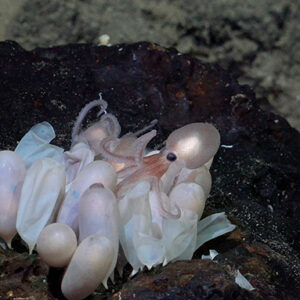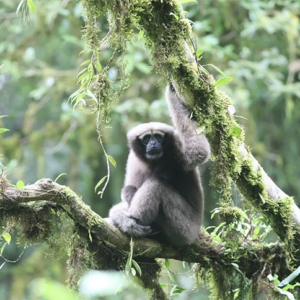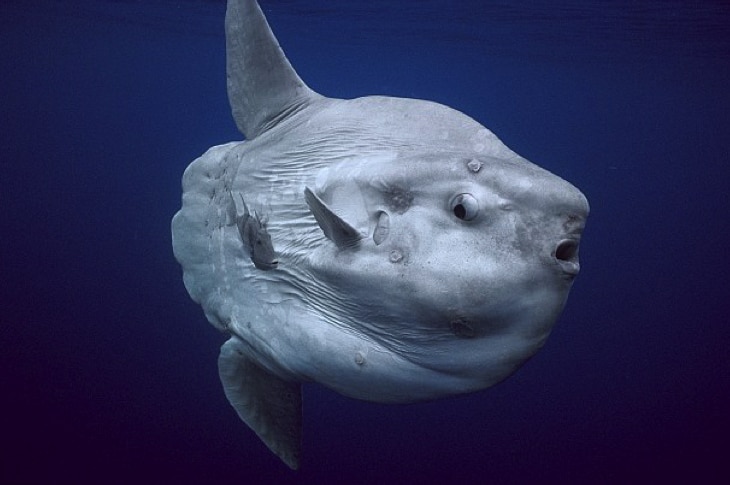
While sharks and stingrays are often touted as the biggest fish in the sea, their bodies are composed of cartilage and not, surprisingly, the biggest bony fish in the world. That title belongs to the Mola genus of fish, which can reach up to 5,000 pounds, well over two tons. The commonly known Mola Mola, which is also known as an ocean sunfish, was first described in 1758 by Linnaeus, but another species of Mola that was recently discovered is the Mola tecta.
The Mola tecta is also called the hoodwinker sunfish and was discovered after a 4-year search led by Marianne Nyegaard, a Ph.D. student from Murdoch University in Western Australia. Nyegaard originally analyzed 150 DNA samples from sunfish and found that there were four species but only three had been discovered.

“Finding these fish and storing specimens for studies is a logistical nightmare due to their elusive nature and enormous size, so sunfish research is difficult at the best of times,” she said, in a statement. “Early on, when I was asked if I would be bringing my own crane to receive a specimen, I knew I was in for a challenging – but awesome – adventure.”
She and a team of researchers and divers set out to find this mysterious fourth species that had never before been identified despite first being put on the radar by Japanese researchers in Australian water about 10 years ago. The researchers at the time had found genetic evidence of a fourth species, but the creature had not yet been found.
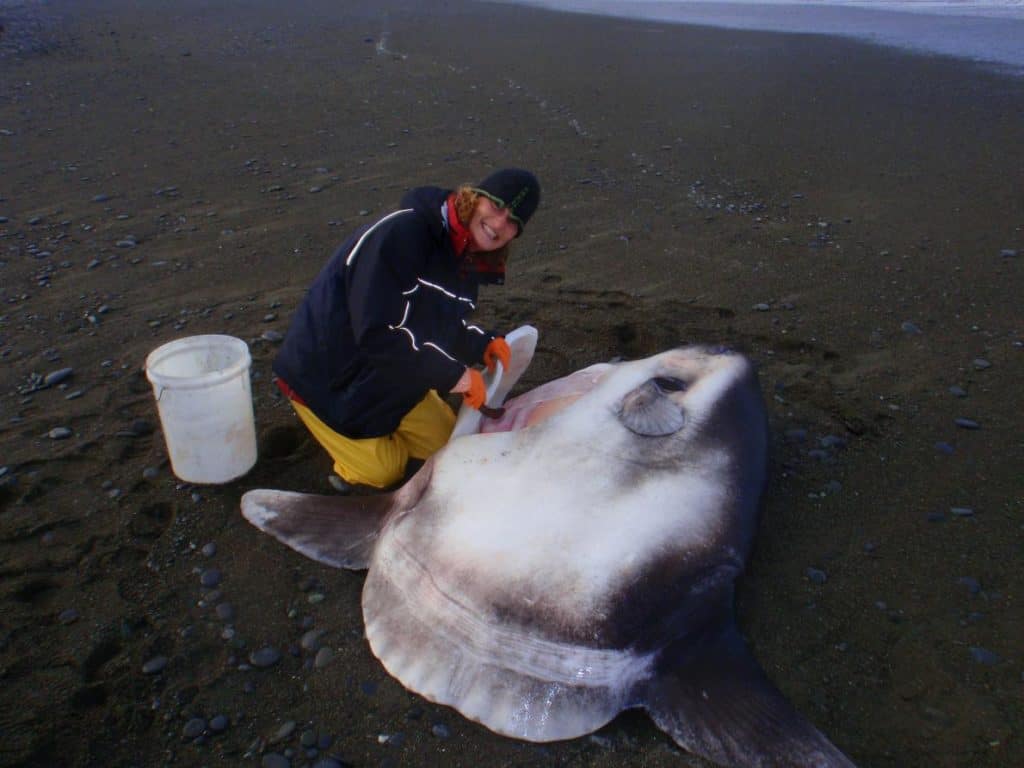
This new team went based off of international tips in pursuing genetic evidence in areas where sunfish are found, and in one lucky instance they were made aware of four sunfish that had washed up on the beach in New Zealand. The tip came from a nearby fishery, and research teams from universities all over the world flew in to take samples. What they all confirmed is that these sunfish were indeed members of the elusive species they had been searching for.
“The new species managed to evade discovery for nearly three centuries by ‘hiding’ in a messy history of sunfish taxonomy, partially because they are so difficult to preserve and study, even for natural history museums,” said Nyegaard.
“That is why we named it Mola tecta (the Hoodwinker Sunfish), derived from the Latin tectus, meaning disguised or hidden.”
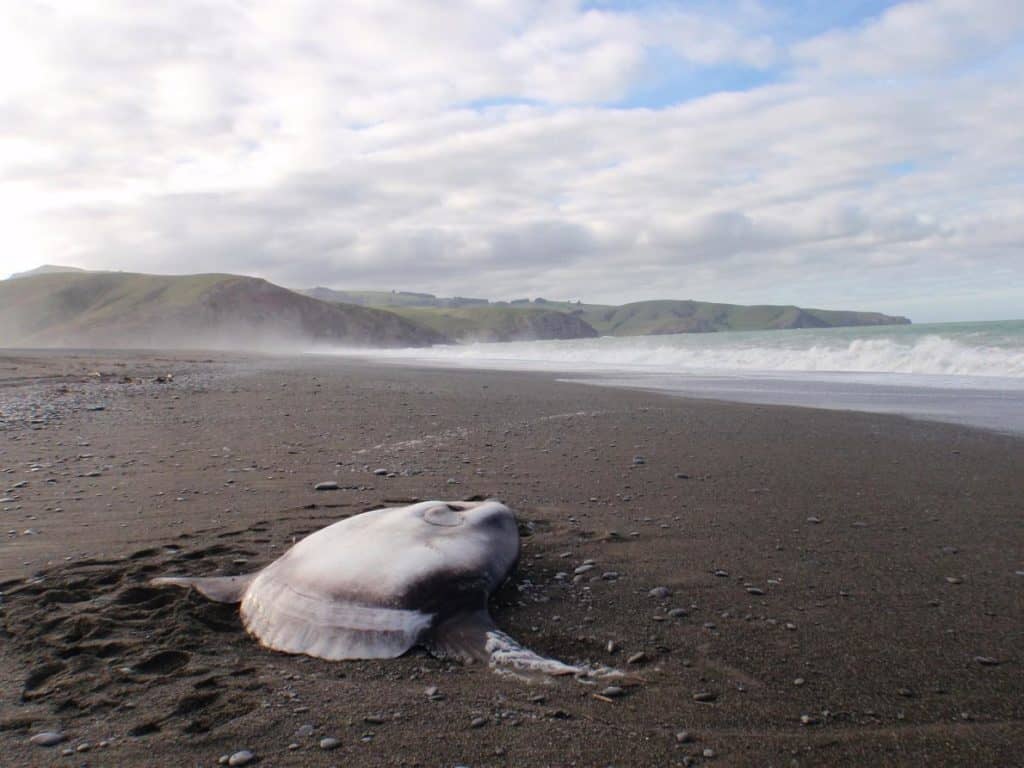
Biologists studied the characteristics of this new sunfish species, the first to be discovered within the Mola genus in over 130 years, and found a few differences. The hoodwinker sunfish has a slimmer and sleeker adult body shape and doesn’t develop lumps, bumps, or a snout, like other sunfish, according to the team’s paper published in the Zoological Journal of the Linnean Society. The hoodwinker sunfish is smaller when compared to the more common Mola mola, but can still grow to be a length of 2.5 meters.
Their first discovery of the Mola tecta was groundbreaking because from then on the researchers knew what to look for. They have since been spotted in colder parts of the Southern Hemisphere. We’ve found them all around New Zealand (mostly around the South Island), off Tasmania, South Australia, Victoria and New South Wales (Australia), South Africa and southern Chile.
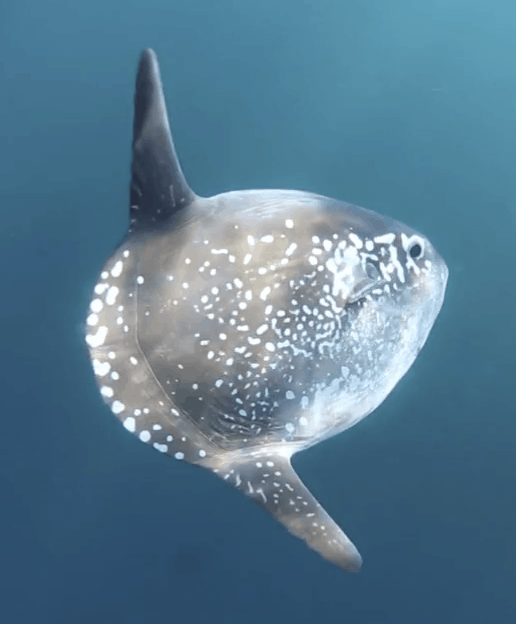
Sunfish aren’t particularly rare, but studying them has proven to be more difficult than anticipated because of their location and movements. They tend to live solely in areas that humans don’t visit too often and they dive hundreds of meters just to feed. Although they don’t need air like sea mammals, they also tend to surface often to bask in the sun and invite sea birds to pick the many parasites off their bodies. Now that researchers have finally confirmed the existence and wide presence of the fourth sunfish, they can rest easy and excitedly learn even more about this elusive fish.
